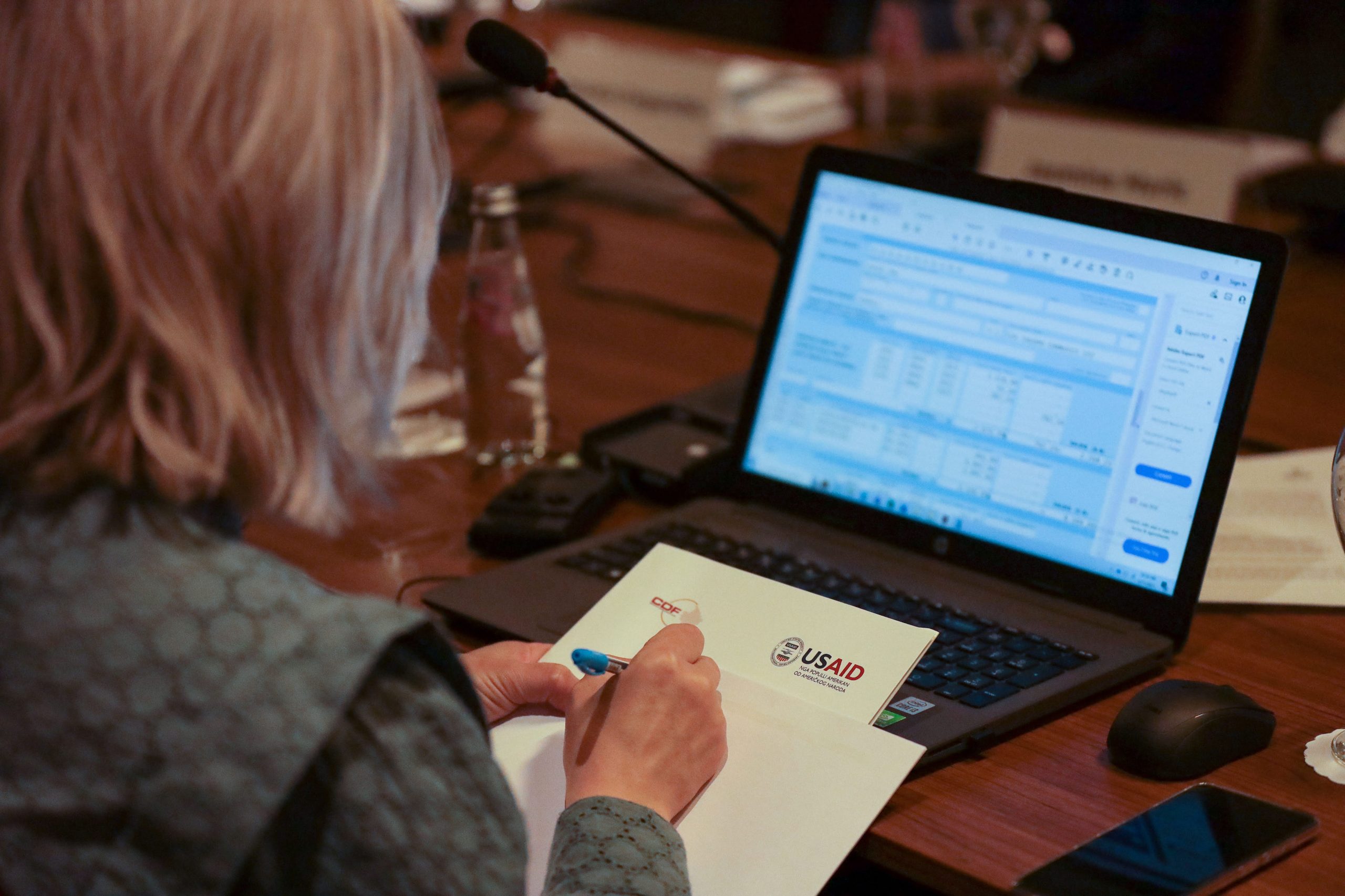In the intricate fabric of business, disagreements and conflicts are practically inevitable. It’s not just an external concern; disputes can arise internally among employees, between departments, or even at the managerial level. For MSMEs in Kosovo—particularly those owned by women and minorities—these conflicts can be particularly detrimental. They can sap productivity, impact morale, and even tarnish your brand’s reputation. This guide aims to provide you with a blueprint for creating an effective Internal Dispute Resolution (IDR) mechanism tailored to the Kosovo business landscape. By implementing such a system, you can address conflicts promptly and prevent them from escalating into crises.
The Importance of an IDR Mechanism
A Proactive Approach
By having an IDR mechanism in place, you’re not just putting out fires; you’re preventing them from starting in the first place.
Protects Employee Morale
When employees know there’s a system for airing grievances, it contributes to a healthier work environment.
Legal Shield
An effective IDR can also serve as a shield against legal disputes, potentially saving your MSME significant time and resources.
Core Components of an IDR Mechanism
Step 1: Establish a Dispute Resolution Policy
Draft a formal policy that outlines how disputes should be handled. This document should be made accessible to all employees.
Step 2: Create a Reporting System
Set up confidential channels—like an online portal or a dedicated email—for reporting conflicts or issues.
Example: Suppose you run a small-scale manufacturing unit in Mitrovica. An employee could report a safety concern via the confidential reporting system, thereby preventing a potential accident.
Step 3: Appoint a Resolution Committee
Form a committee comprised of members from diverse backgrounds to ensure a balanced perspective.
Step 4: Introduce Mediation as a First Step
Before escalating a dispute to formal investigation, employ mediation techniques to attempt to resolve the issue amicably.
Example: If there’s a conflict between two departments in your Prishtina-based tech startup over project timelines, a mediator could facilitate a meeting to negotiate a mutually agreeable schedule.
Step 5: Formal Investigation
If mediation fails, the committee should proceed with a formal investigation, collecting evidence, and interviewing parties involved.
Step 6: Implementation of Outcomes
Once a resolution is reached, it must be implemented promptly and effectively. Ensure all parties are informed of the decision.
Practical Tips for Kosovo’s MSMEs
- Legal Consultation: Before implementing an IDR mechanism, consult with a legal expert familiar with Kosovo’s employment laws.
- Employee Training: Conduct regular training sessions to familiarize your staff with the IDR process.
- Record-Keeping: Maintain meticulous records of all dispute resolution proceedings for legal protection.
Making IDR Work for You
An effective Internal Dispute Resolution mechanism is not just a buffer against internal conflicts; it’s an asset that can significantly elevate your business’s internal culture. By taking a proactive approach to dispute resolution, MSMEs in Kosovo can not only mitigate the impact of internal conflicts but also foster a more productive and harmonious work environment. This is particularly critical for businesses owned by women and minorities, who often face unique challenges and have much to gain from a stable, efficient operational backdrop.








